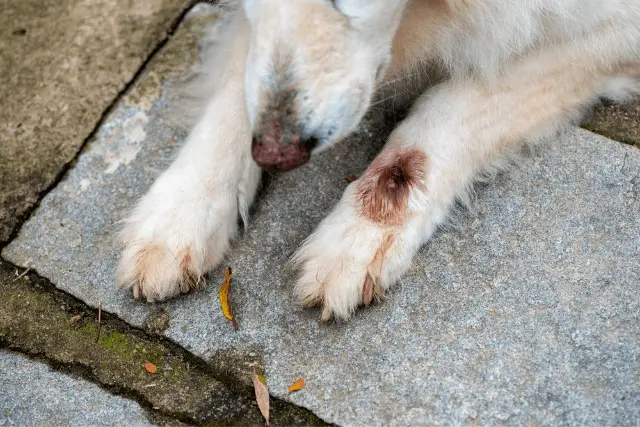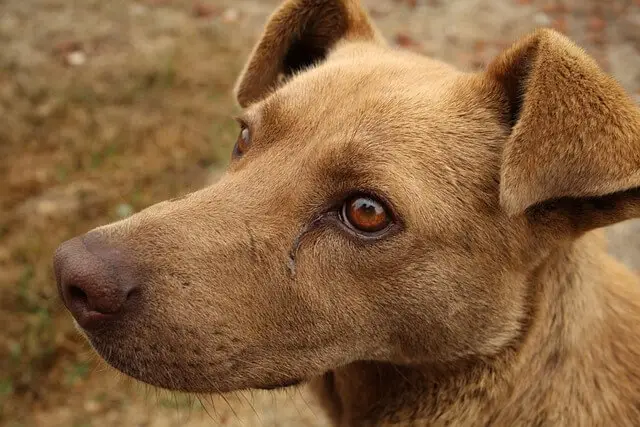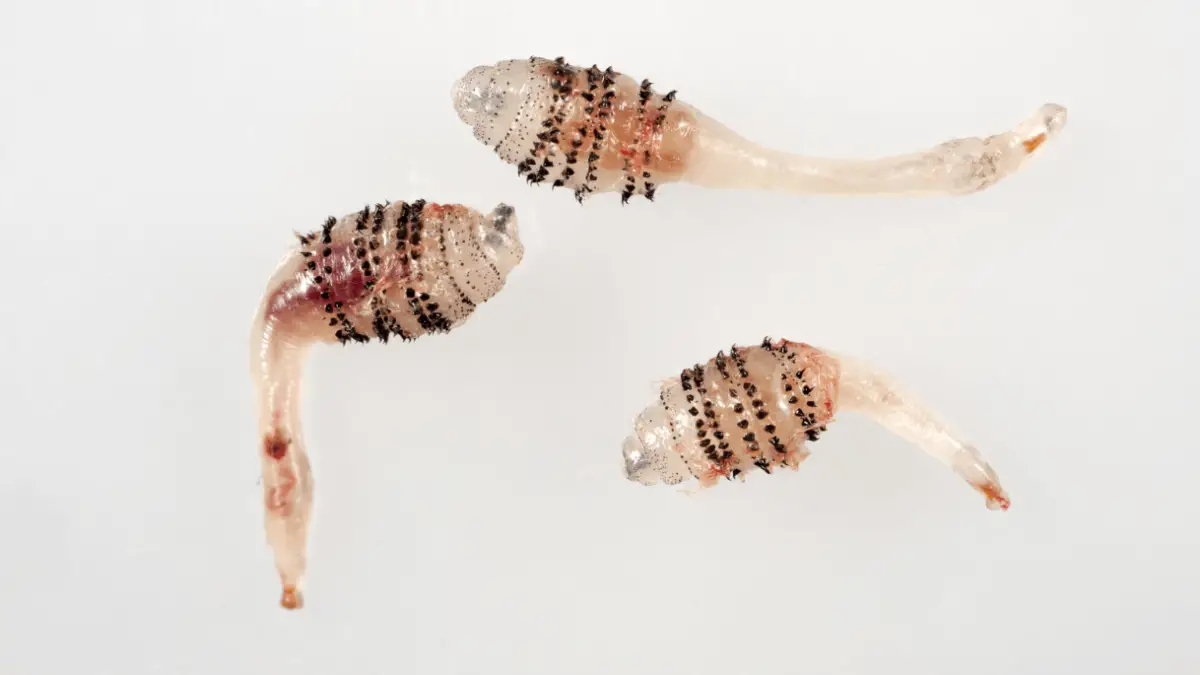How Dangerous Are Warbles In Dogs?
13.01.2023.
Some of you have already heard about botflies and how they can infect humans, but did you know that dogs are also in danger? Botflies, or Cuterebra as they are usually called, are parasites that embed themselves into different parts of dogs’ bodies, including their skin, eyes, respiratory system, or even nervous system.
FUN FACT: There are a few names that people like to call botflies, some of which are warbles and wolf worms.
The most common places where botflies can be found are the US, Canada, and Mexico. Most commonly, botflies infections will happen in the late summertime. If you live in the areas where these parasites can be found, you must be extra careful because they could easily infect your dog and create additional problems for him.
How could my dog get infected with botflies?
The most common way dogs get infected is when they come in near contact with the botfly larva. Generally speaking, botflies will lay eggs on the blades of grass, and when the dog comes near them, this maggot will easily crawl on your dog.
These little maggots will be on your dog until they find the perfect place where they can enter your dog’s system, usually the nose, ears, and mouth. From there, they will migrate into the area and ultimately come to the dog’s skin.
The most common hosts of these nasty parasites are rabbits and rodents, and if you own a dog that likes to chase these animals, you must be extra careful. Especially if your dog is moving near their burrows. These maggots will take every chance they get to change and infect the host.

Symptoms to watch
As we said in the beginning, botflies can infect different parts of your dog, and symptoms can vary depending on where the infection happens. It is important that you immediately notice symptoms your dog is showing in order to begin the treatment as soon as possible. Only that way you can ensure that your dog will fully recover.
These are the most common symptoms your dog could show according to the type and area of infestation.
1. Skin infestation
- Swelling around the place where the larvae are
- Vomiting
- Diarrhea
- Decreased appetite
- Lethargy
- General weakness
- In some cases, bleeding
2. Eye infestation
- Discharge from the eye(s)
- Swelling of the eye
- Conjunctivitis
3. Upper respiratory system infestation
- Excessive sneezing
- Coughing
- Discharge from the nose
- Problems with breathing
- Panting
- Swelling of the nose area
4. Central nervous system infestation
- Walking in circles
- Panting
- Seizures
- Fever
- Decreased body temperature
- Unusual behavior
- Blindness
- Head tilting
- Disorientation
What is the correct treatment for botflies in dogs?
Correct treatment will greatly depend on the type of botfly infestation. For all of them, the first thing should be the manual removal of the larvae. After the larvae is removed, your vet must thoroughly clean the wound to heal right.
Depending on the severity and location where the larvae have been, your dog could receive antibiotics to protect against secondary infections.
Again, depending on the type of infestation, your dog could receive more specific meds to prevent further complications and infections.

How do vets diagnose botflies in dogs?
Your vet will start with a physical exam to determine what is bothering your dog. Make sure to write down all the symptoms you notice in your dog to help your vet.
During a physical exam, your vet will look at the most common places where the warbles can be found and will look for any evidence that can indicate this infection. Symptoms your dog is exhibiting will greatly help your vet in determining where the larvae are and what type of infection occurred.
If there is no visible evidence and your dog is showing signs of an infection of the nervous system, your vet could request additional testing, including MRI and CT scans.
Are some specific breeds more prone to it?
Every dog breed can come in close contact with larvae, and warble can infect your dog. This usually happens to dogs that like to chase the animals mentioned above.
One recent study investigated botflies and dogs and found one interesting statistic. They noticed that most dogs that were infected were weighing less than 10 lbs., and with that, we can conclude that for smaller dog breeds, there is a higher percentage that they will be infected with warbles.
How fast will my dog recover?
Recovery will solely depend on the area where the botfly has been found. Generally speaking, dogs will recover pretty fast, and there should be no additional health issues or damages done to the dog after infection.
You will have to, however, closely monitor your dog in the days after the botfly removal to be sure there will be no additional discharge, swelling, or even bleeding. If you notice any of these things, you should contact your vet because this will indicate that the recovery is not going well.
We asked our vet what the most dangerous type of botfly infection is and how fast dogs recover afterward.
“When it comes to botflies, I think that the Cuterebra eye infection is the most serious and dangerous one since it can lead to additional health complications if it’s not t fully recovered, others can develop glaucoma, or she can develop glaucoma or even blindness. This is why it is extremely important to notice botfly as soon as possible, so your dog can receive the proper treatment.”
How to protect your dog against botflies?
The best type of protection and prevention would be keeping your dog away from rodents, rabbits, and other smaller animals. We do know that sometimes this is not possible, so if you live in areas where botflies could be found, and your dog is a fierce chaser of these mentioned animals, you must regularly (after every walk) check your dog for any signs of Cuterebra.
Only by doing so can you ensure that you will notice the botfly immediately, and the faster the botfly is removed from your dog, the slimmer are the chances of him getting some serious or permanent damage.
World Dog Finder team







Share